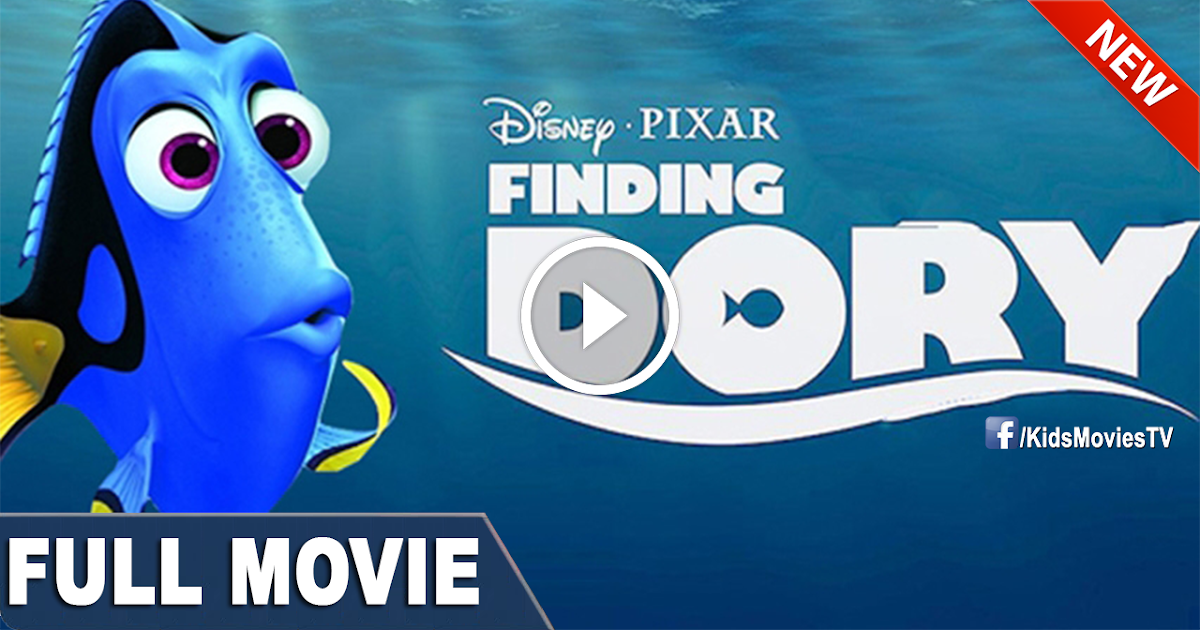
Hank’s extreme physical antics, which involve much shape- and color-shifting along with mordant comments keenly delivered by O’Neill, provide most of the film’s laughs. For this he needs a special tag marking him for transfer to a Cleveland aquarium, which Dory has and would gladly give him. The MLI’s fish-friendly mission is “Rescue, Rehabilitation, Release,” a progressive policy which also provides a springboard for fun, in that one resident, the obstreperous octopus Hank, wants nothing more than to remain in captivity rather than being returned to the wild. #GiveElsaAGirlfriend to 'Finding Dory': The Online Push for LGBT Characters in Animated Movies

Orange clownfish Nemo (newcomer Hayden Rolence) and dad Marlin (returning Albert Brooks) live in contented togetherness, while blue tang Dory (cleverly resident in a brain coral) can’t talk about much other than her memory loss … due to her memory loss. The story, devised by the original’s writer-director Andrew Stanton, who then co-wrote the script with Victoria Strouse, picks up a year after the conclusion of Finding Nemo. The best new character, a color-and-shape-changing octopus named Hank (deftly voiced by Ed O’Neill), runs rampant here in frequently funny ways, but the idea that little Dory (Ellen DeGeneres) will find her long-lost parents in this distant spot seems impossibly far-fetched both before and after it occurs. Here, however, the optical and dramatic possibilities available in an ocean full of sea life are shortchanged by the story’s far-too-quick move to the physically and visually more limited environs of the Marine Life Institute in California, an aquatic rehab center (amusingly presided over vocally by Sigourney Weaver) which in less politically correct times would no doubt have been a Sea World-type entertainment park. Still, leviathan-sized box office is assured, given the multiple brand names - Disney, Pixar and Nemo/Dory - and the fact that Nemo, at $936 million, stands as the second-highest worldwide grosser of all Pixar features, second only to Toy Story 3.


But its thematic preoccupation with “family” is so narrow, and its sense of narrative invention is so limited compared to Finding Nemo, that impatience surpasses enjoyment well before the predictable climax. Feeling driven more by commercial exigencies than by vital creative impulses, this 13-years-after follow-up to Pixar’s fifth feature serves up enough shards of humor and visual distractions to keep small-fry happy. Its heroine may suffer from short-term memory loss, but viewers with any memory at all will realize that Finding Doryfalls rather short of its wondrous progenitor.


 0 kommentar(er)
0 kommentar(er)
